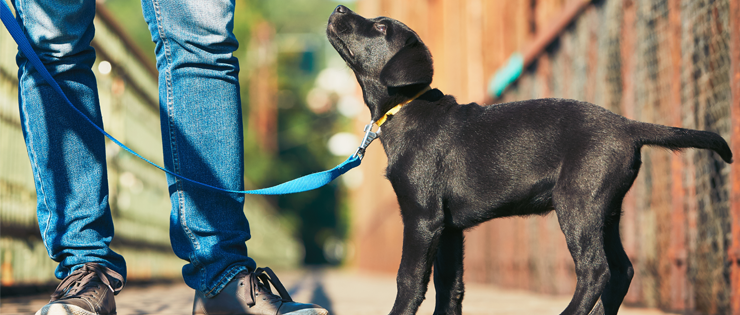
When I’m hungry, I occasionally make the mistake of going supermarket shopping. Have you ever done this? I end up buying all the high carbohydrate and sugary items, package them up, drive home and then realise I have nothing to eat for dinner! We seem to fall into the trap of convenience, and whilst life dictates convenience whenever and wherever possible; poor eating habits end up being very inconvenient for our body and mind.
I often watch my dogs when they eat and find that they instinctively gravitate to the same behaviours as us. They locate the highest energy contents to eat first and then only when there’s none left, will they eat the more ‘balanced’ leftovers. When we have a choice to eat poorly, we tend to favour it. But even though we all know a poor diet can lead to ill health, including an increased risk of diabetes, stroke, heart disease and cancer, why do we still eat it?
Eating high fat and sugary food is reinforced by our brain because it is excessive in energy. Our ancestors passed this on to us as it is a survival advantage. The more energy we can ingest, the more likely we will survive. Eat more and move less was the ancient motto. What a twist of irony this has become in a day and age where our rational brain must fight against our instincts. Where the very idea of survival is now defined by moving more and eating less.
Obesity is one of the biggest killers of Australians with up to 40% of adults suffering the relentless battle of the bulge. But it’s not just us who are affected. With people attracted to bad eating habits, it’s not uncommon for us to pass our vices onto our children and even dogs! An estimated 30% of dogs are overweight, leaving them at risk of the same sort of chronic diseases as humans. Dogs are more ‘rotund’ than ever before, becoming not just a health issue but a welfare concern as well.
I remember watching a video of an American man a couple of years ago who was told by his doctor that if he didn’t’ lose weight, he would die before he tuned 50. He was 48 at the time. Interestingly, his doctor told him that the best way to lose the weight was to go to the pound and rescue a dog. That advice ended up saving his life. Actually, it ended up saving two lives. I will never forget this story because the transition of this overweight dog and obese man was one of inspiration. The man ended up becoming a marathon runner, with his ever-faithful comrade at his side along the journey. That’s the thing about dogs; when you invite them to help you, they rarely let you down.
Nowadays, I meet people who struggle with their weight and encourage them to subscribe to a simple program that not only benefits their wellbeing, but their dog’s as well. Here are the basics to get you started:
Make a promise to your dog that you are prepared to make change for both of you.
Get a thorough health check from your general practitioner including BMI, disease risk scores.
Implement a progressive exercise regime that sets you and your dog up for success not failure. i.e. start with the little and often mindset. Move more for shorter periods of time throughout the day. Instead of walking for an hour, walk for 15 minutes 4 times a day.
Exercise impulse control. For your dog, this includes teaching them to wait for a reward for increased periods of time. For you, identify something you really want (reward) and practice the same principles of impulse control. With every reward, there must be work involved to receive it.
Choose water over snacking
Choose a doggy cuddle over food. Spending time playing with your dog can actually make you feel less hungry, The more oxytocin (happy hormone) we release (by playing) the less we yearn for fatty foods. 7
Don’t shop when you are hungry! That’s advice from me, not from my dogs.
Prepare your meals for the day. Just as you prepare your dog’s food, think about your own daily meals, especially snacks. The more organised you are, the less likely you are to fall into the snack trap.
Little changes make huge differences. Practice a consistent routine each day and ensure you follow through with your promises to your dog. Take my 8 step approach and in 8 weeks, you’ll be thanking me for it. Actually, you’ll be thanking someone much more helpful than me. You’ll be thanking your dog.
HIF Pet Insurance Cover
We all love spoiling our fur-kids, yet only 26% of dogs and 19% of cats in Australia have pet insurance - and that could be very hurtful when the vet bill arrives! With HIF Pet insurance, you'll enjoy affordable cover for cats and dogs of all ages. Plus, claiming is easy thanks to our online member Pet Pawtal!